
Bonsai Styles: An Overview of the Different Forms
Owning a bonsai tree has some distinctive features, including styling. Bonsai training and style are sophisticated works of art that call for careful consideration of numerous factors. Although bonsai tree styles are up to individual interpretation and inventiveness, they are not required to follow any specific shapes. Yet, the bonsai styles guide helps comprehend forms and train little plants.
The first step in creating a bonsai style guide is deciding which style best complements the natural arrangement and design of the tree.
Some of the main categories used in bonsai style guides include the following:
Several methods are applied to describe how a bonsai tree's main trunk is oriented. A tree that has its peak above the centre of the bonsai trunk's entry, somewhat to one side of that centre, significantly bent to one side.
The bark and surface of the trunk:
There are many different ways to characterise the bark finish and trunk shape.
Nebikan, for instance, is a bonsai type with a twisted trunk, whereas sabakan has hollows or a vertical split. Deadwood bonsai style refers to trees that show dead limbs or trunk scarring.
Although most bonsai trees are rooted in the ground, certain styles mention placing trees on rocks.
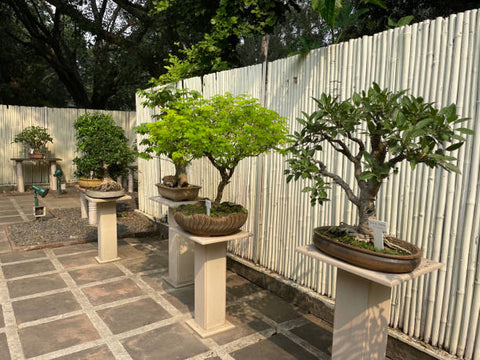
What does Bonsai Style intend to achieve?
The style system has many purposes, some artistic and some functional. Styles are a colloquial term used to describe bonsai specimens in their most elementary and well-liked form. The brief style description, which occurs with a species name in catalogue descriptions, describes the bonsai.
The method streamlines bonsai instruction and learning while giving commonly recognised terms for public communication about bonsai, even if the styles are for use as descriptive labels.
A pre-bonsai tree's creator can also plan its growth using predefined designs. Some characteristics in the untrained specimen may suggest or disprove particular styles.
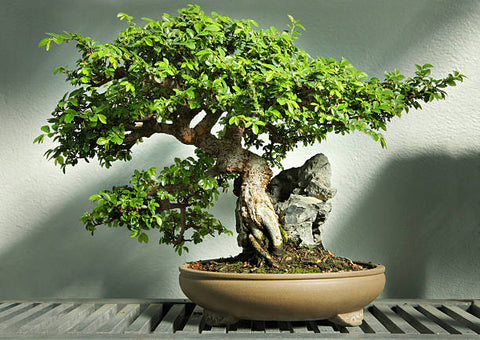
Several tree species don't go well with specific architectural types. The designer can evaluate the pre-bonsai specimen against a collection of accepted styles to decide which branches to remove or change.
Let's talk about and comprehend the many bonsai styles.
Formal Upright or Chokkan
In this design, the tree has an upright leader and horizontal limbs, and the form is conical or occasionally rounded. Usually, one branch is lower and spreads slightly further from the trunk than the others. To give the plant depth, the third branch of this design spreads out in the back of the tree at a level between the two side branches.
Choose a tree with a trunk that rises about straight up from the ground when choosing a nursery plant for this design.

Another crucial aspect of branch distribution is balance. At about one-third of the way up the tree's trunk, the first branch should be the most developed.
Trim any little branches or twigs that hang too close to the base or the main stem to give the shape. These branches take away from the composition as a whole. The objective is to achieve balance rather than exact symmetry.
Conifers are the perfect fit for this design. Trees that bear fruit or are naturally informal are not ideal for the formal upright.
Suggested Species:
For formal upright bonsai, larch, juniper, pine, and spruce are all ideal species.
Informal Upright (Moyogi)
The shape of a tree that has evolved in severe conditions in nature is the inspiration for this design. Its trunk is curved, not straight. The tree develops roughly in the form of the letter "S" and branches out at each turn. Although the trees' trunks are somewhat twisted, their tips are straight above the ground. The plants keep a very natural appearance due to the curved shape of the tree. The branches develop along the borders of the curves and become smaller as they approach the top.
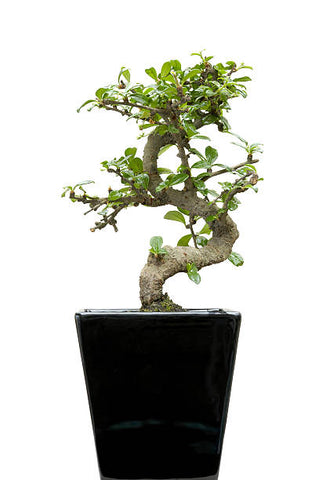
Suggested Species:
The vast majority of plant species, particularly the Japanese Maple (Acer palmatum), Trident Maple (Acer buergerianum), Beech, virtually all Conifers, and other ornamental trees like the Crab Apple, Cotoneaster, and Pomegranate, are appropriate for this style.
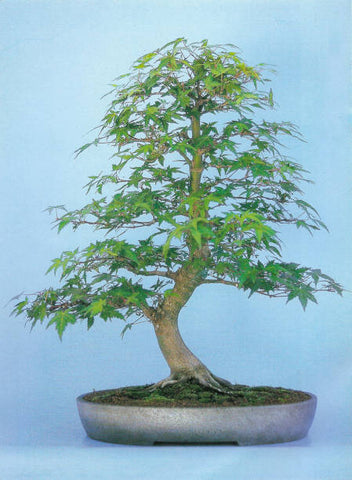
Slanting or Shakan Bonsai
In the wild, slanting trees are known as "leaners" because the wind and gravity have compelled them to develop an irregular shape. Slanted trees frequently give off a strong feeling of strength and age.

Due to the wind's predominant direction or as a result of growing in the dark and having to bend towards the sun, trees tend to lean in one direction. The tree's roots are well-developed on one side to support its weight. The leaning tree's side has no established roots. The initial branch develops in the opposite direction from the tree to provide a sense of visual equilibrium.

Suggested Species:
Given that this style is similar to informal upright, the majority of species are appropriate. Conifers are especially effective.
Cascade or Kengai
In the cascade style, the trunk emerges from the ground upward, turns abruptly downward, and eventually touches the bottom border of the pot. The cascade form of foliage has a portion of its foliage below the soil line.

Instead of forcing a tree that naturally grows upright into an unnatural form, picking a species with modest growth rates yields the best outcomes.
Suggested Species:
Cascade styles work well with almost any species that lend themselves to bonsai. All deciduous species and the majority of broad-leaf evergreens, including the ficus shown above, will grow into attractive cascades.

Semi Cascade Bonsai Style (Han-kengai)
The tree trunk in the semi-cascade style grows straight for a given amount of time before cascading down at a less extreme angle than in the cascade style. In contrast to tree trunks in the cascade style, the bending tree trunk of a semi-cascade structure does not extend to the bottom of the container. The cascading branches are said to be in the front of the tree, whilst the back branches are closer to the trunk than in other types. Branches and foliage in the semi-cascade should extend below the soil level rather than below the bottom of the container.

Suggested Species:
Prostrate junipers, as well as blooming plants like chrysanthemums, wisteria, willows, and star jasmine, are well suited to the cascade and semi-cascade styles.
Windswept Bonsai Style (Fukinagashi)
The windy aesthetic also depicts trees that are in a struggle for existence. It resembles a tree that the wind has blown in one direction. The trunk and branches had shifted to one side. The branches emerge from the tree trunk on all sides, but gradually they all slant to one side.

Literati Bonsai Style (Bunjingi)
The Bunjingi, or literati style, shows crowded plants and trees competing for resources. This pattern features a few branches and a skinny trunk. This tree is one of the more difficult styles to master, although it may seem strange to some people. The trunk of the literati bonsai tree moves crookedly upward.

Bonsai Multitrunk Style (Kabudachi)
The multi-trunk design, which has three or more trunks instead of two, is conceptually related to the double-trunk design. All the tree trunks are connected by a single root system, making the tree truly one.

Double Trunk Style Bonsai (Sokan)
In the double trunk style, a single root system gives rise to two tree trunks. The two trunks must meet in a sharp "V" form rather than a "U" shape. The height of the tree increases with the distance between the trunks. The two trunks will be different lengths and thicknesses; the larger and more developed trunk will grow nearly upright, but the smaller trunk will emerge slanted.
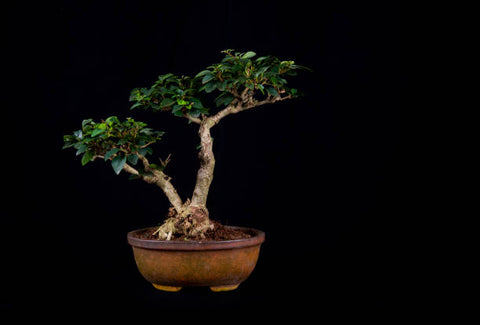
Raft Bonsai Style (Ikadabuki)
The Ikadabuki style, called the raft style, is a distinctive bonsai form in which branches sprout from a wounded tree. The wind- or storm-damaged tree in nature served as the model for the raft design. New roots form in the fallen trunk, and the branches finally rise.
The old root system can provide the branches with enough nourishment to live. These new trunks aid in forming one canopy.

Forest Bonsai Style (Yose-ue)
The multi-trunk style and the Yose-ue style, typically called the forest style, are similar. The style is intended to mimic a forest because of the staggered placement of the trees. Each tree is different in height and thickness.

The trees are positioned at various distances to provide a more realistic look. This style is known as "group style." With this technique, many bonsai-style guide trees are grown in a single container.
Growing in the Bonsai Rock Style (Ishisuki)
The tree's roots take on the impression of growing in the divots and fissures of the rock. It implies that there isn't much room for the roots to expand and absorb nutrients. As a tree growing on a rock would never seem healthy, it should be clear that perhaps the tree is struggling to survive. It is essential to fertilise and water frequently since there is a finite space to store water and nutrients.

Final Thoughts
Finding the ideal bonsai to suit your particular style and taste can be a fun voyage of learning and discovery with many various kinds, types, and species to select from. We welcome you to look through our lovely gallery of artisanal bonsai.


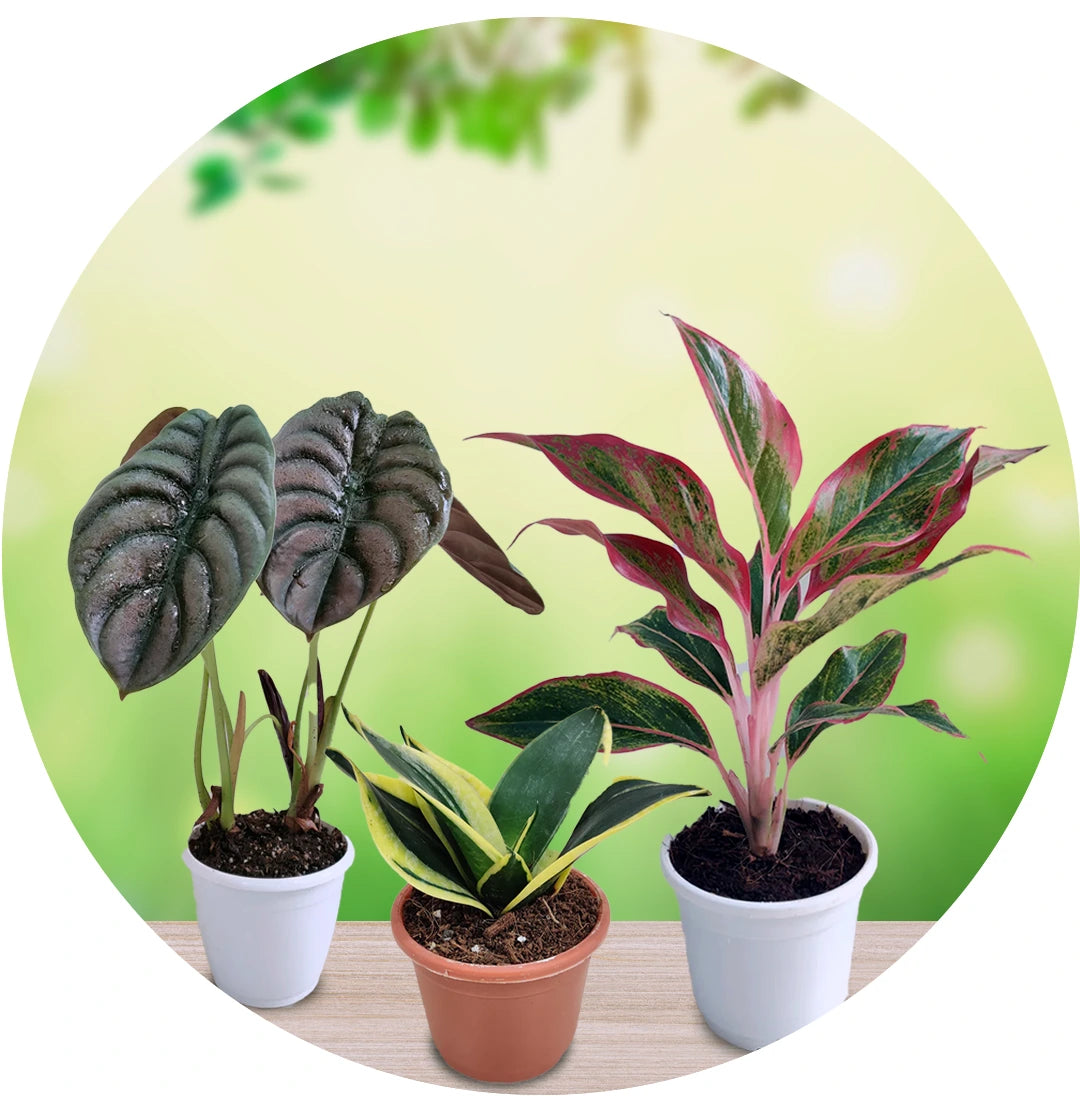
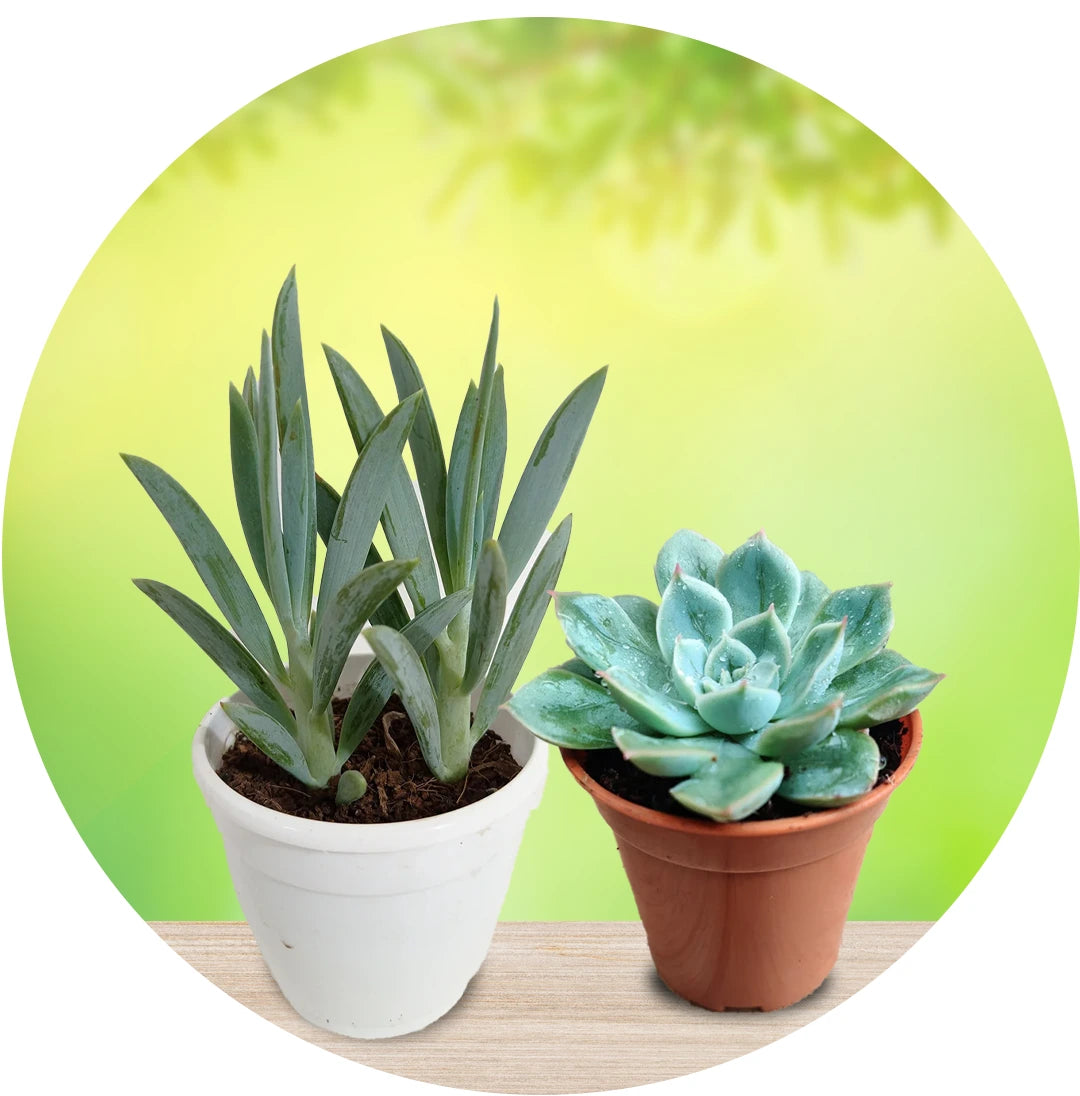
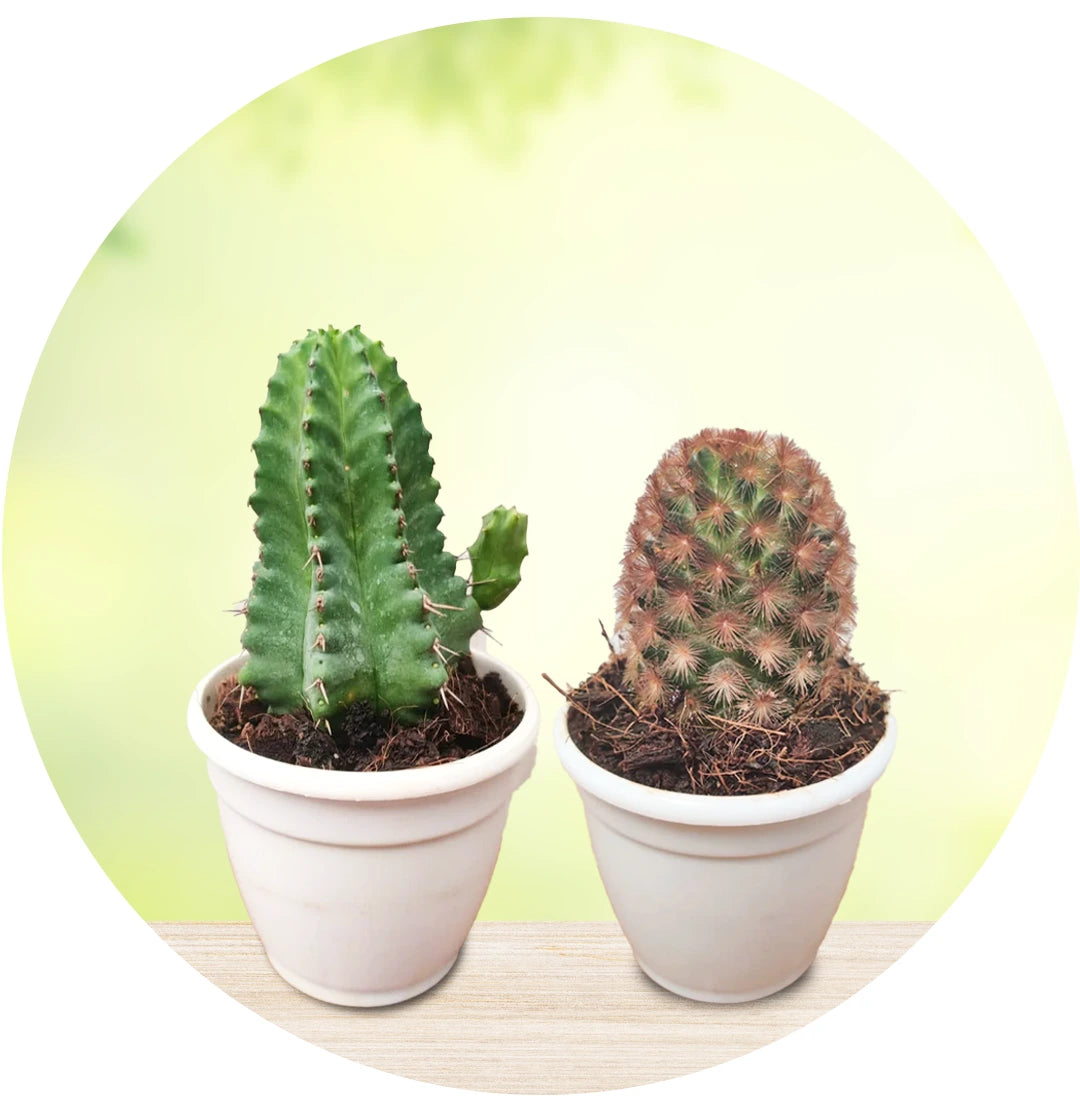
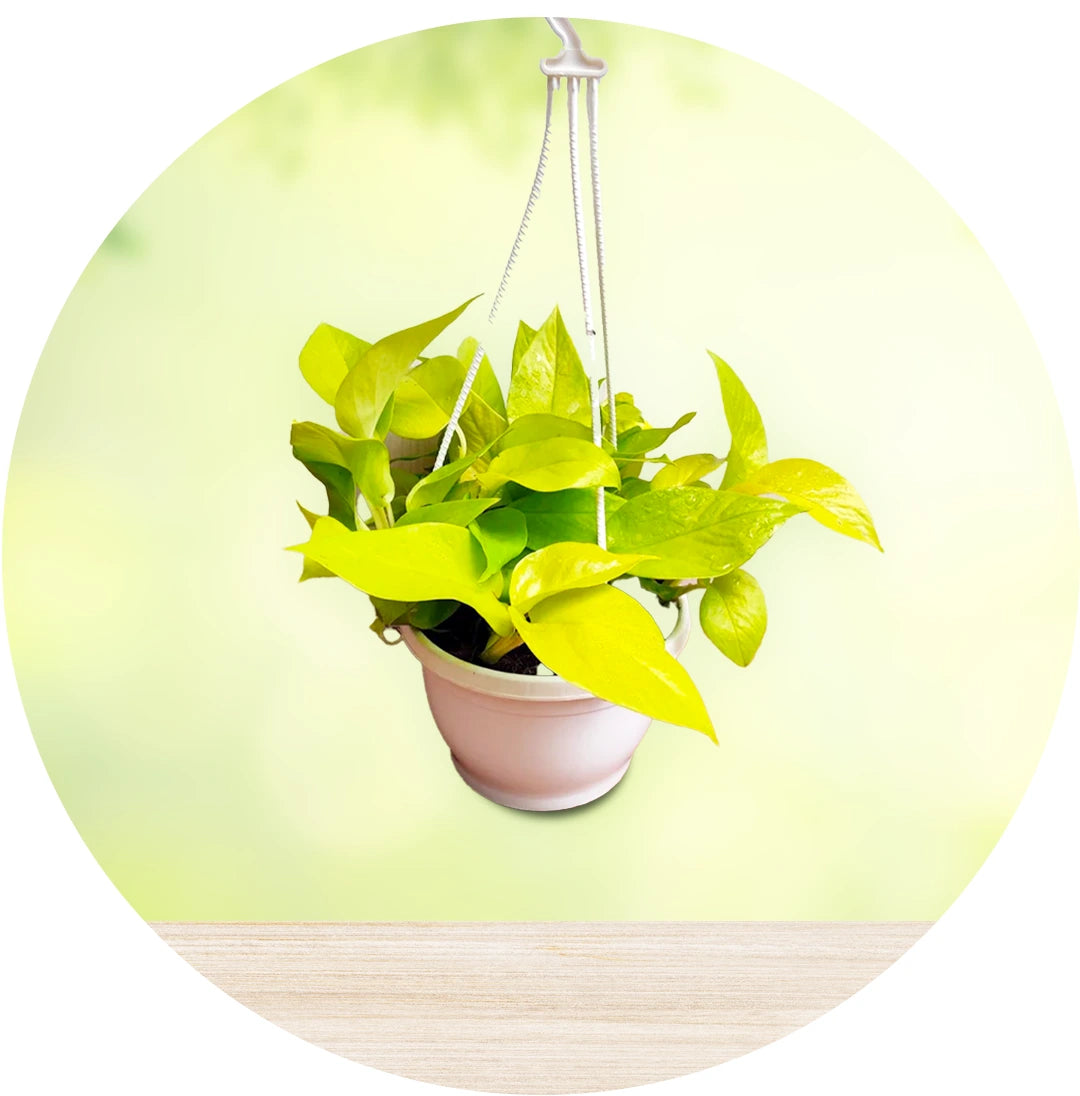






Leave a comment